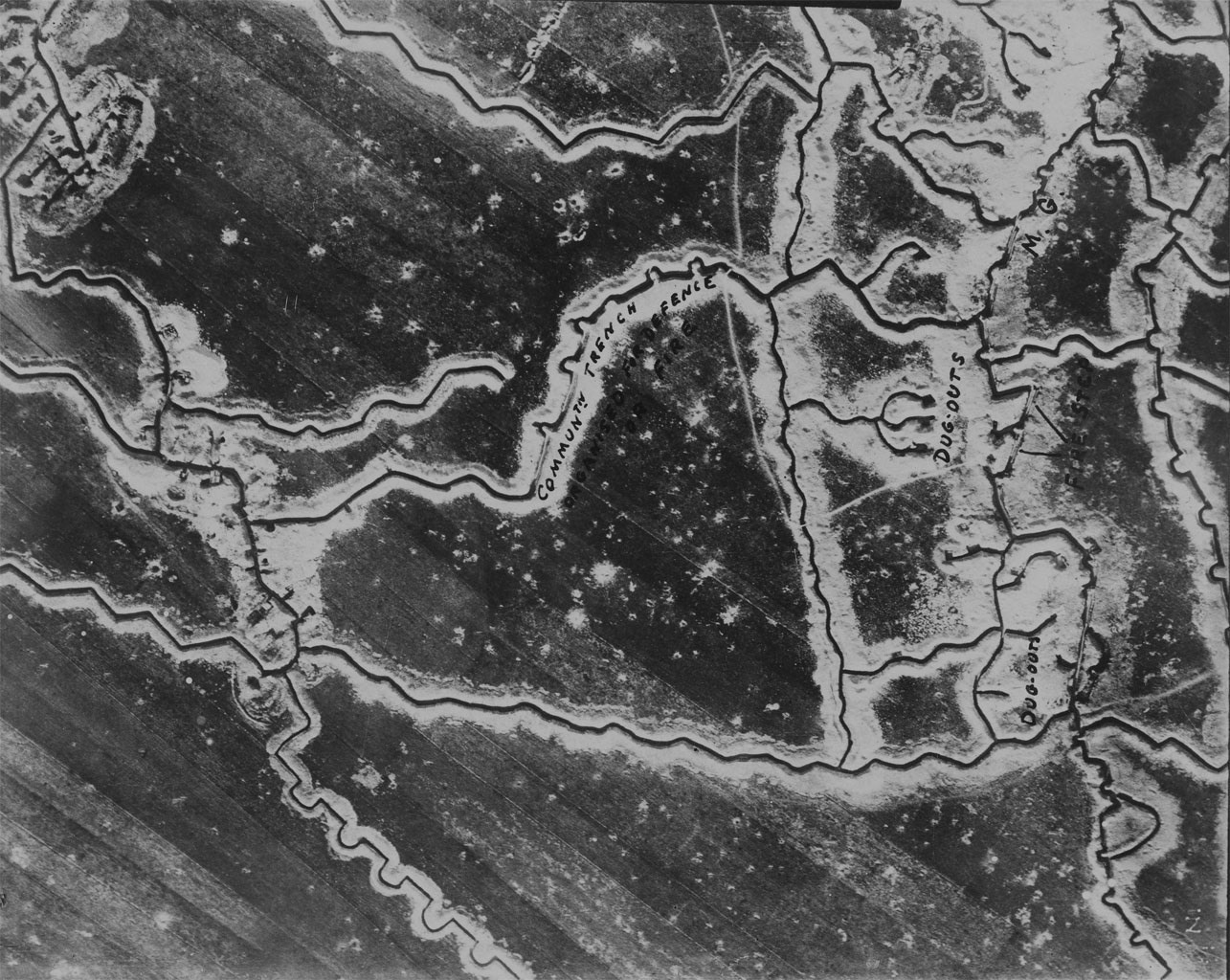Like many collections in the Library of Virginia’s holdings, the Yount Family Papers (Acc. 52191) include wartime correspondence between family members at home in Virginia and away serving in various branches of the United States military. What sets the Yount Family Papers apart from similar collections is not only the presence of correspondence and ephemera from three separate conflicts (the two world wars and the Vietnam War), but also the inclusion of Stephens Russell Yount’s World War I trench mirror.
Sometimes called “trench periscopes,” trench mirrors were integral to trench warfare, a brutal but crucial aspect of World War I combat. From early 1915 until the end of the war, soldiers on the battlefield spent much of their time inside trenches and underground shelters, referred to as dugouts. The trenches and dugouts were necessary to trench warfare, but posed unique challenges, as soldiers inside were unable to observe the enemy directly. Rather than raise their heads over the trench and expose themselves to enemy combatants, soldiers began using mirrors to improve their sightlines.


Stephens R. Yount's World War I trench mirror (drag the arrows across image to see front and back of mirror envelope).
Yount Family Papers, 1808-2011, Accession 52191. Personal papers collection, the Library of Virginia, Richmond, Virginia.
Trench mirrors or periscopes varied in their design, though their function remained the same. Some were modeled after submarine periscopes, and were created (by soldiers themselves) by installing two mirrors at 45-degree angles at either end of a long box or tube. By mid-1915, commercial manufacture of these box-type trench mirrors was already underway in the United Kingdom. Another popular version of trench mirror was simpler in design: the mirrors or mirror enclosures included a hole, which allowed the mirrors to be mounted on bayonets. Soldiers could then raise the bayonet-mounted mirror above the trench, drastically improving their vision. It is speculated that these types of trench mirrors also served as signaling devices and as shaving mirrors.
An example of this second type of trench mirror currently resides in the Yount Family Papers at the Library of Virginia, complete with a drab gray fabric envelope. This envelope provides clues to the trench mirror’s use: the notation “A.E.F,” in conjunction with the note “France,” makes it reasonable to believe that Stephens R. Yount used this mirror while fighting in the trenches on the Western Front with the American Expeditionary Forces. Stephens Yount and his brother Glenn Ellyson Yount both survived World War I, perhaps partially due to the use of this trench mirror. They died in 1959 and 1968, respectively. Their legacy, however, lives on due to their service to their country and the numerous papers and artifacts they left behind.
Header image citation
Aerial photograph of World War I trenches. Image in public domain, retrieved from Wikimedia Commons, 5 October 2020.






